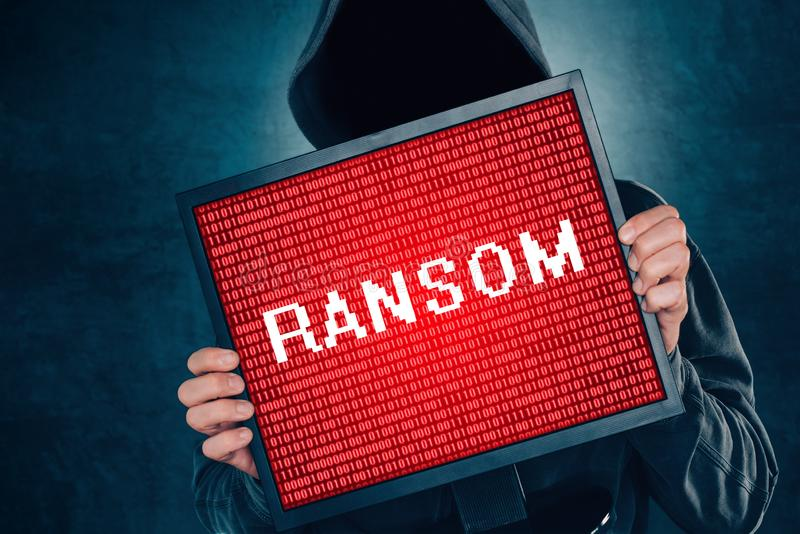Cybersecurity is one of the most essential business activities and must be a central component of any company’s digital strategy. The information you have stored on hard drives is sensitive and can be sold on the Dark Web or held for ransom until a substantial amount is paid for its return. Such incursions negatively impact business operations, destroy customer trust, and tarnish your well-established brand. Preventing them and protecting the company and customer data is job one.
Table of Contents
Protection Basics
Protection against attacks begins with fundamental initiatives that are simple to implement but have a large footprint in protecting your company. We will start here.
Training
Most cybersecurity threats come in the form of tricking your employees into clicking a link that downloads malicious software and then executing the file. The malware then uses the computer’s connection to the internal network to spread throughout the organization to other systems and computers.
Often, this results in a ransomware attack where all files are encrypted on computers. A demand for payment is displayed on screens. The organization’s operations are disrupted, and concerns about the hackers keeping their word leave a business wondering whether to pay the ransom or restore access themselves.
Other malware threats include spyware, viruses, fake anti-viruses, denial-of-service attacks, and trojan horses.
The most straightforward prevention tool is employee training to recognize and report any potential cybersecurity threat, soliciting them by clicking a link or communicating a need to download malicious software. Training will include the causes of opening unknown links, how to recognize things that do not come from trusted sources, and the importance of reporting the threat to communicate across the organization.
Other aspects of training will include the essential need for robust passwords that are different across systems, possibly through the help of a password manager, and caution with using USB drives.
Limit employee access
Software systems and internal networks should be limited only to those employees that need access. Not only does this help prevent or slow the spread of cybersecurity threats, but it helps prevent a malicious disgruntled employee.
If an employee doesn’t use it, don’t let them access it.
Employ trusted anti-virus, firewall, and mal-ware software company-wide
If your company isn’t using an enterprise solution to stop computer infection, you must immediately. For smaller organizations, this might mean each computer is protected individually with prevention solutions set to run each night automatically, blocking malicious emails and websites on that computer.
Larger companies often use services that prevent attacks at the source, removing malicious emails as they enter the company email system or restricting employee access to only company-required websites.
Make sure you use the latest OS
As attack types change or become more advanced, Apple and Microsoft offer updates that help protect against attacks and their impacts. Ensure to restart computers weekly, so updates are applied to applications and the operating system.
Backup your files
“If an attack does happen, knowing you have backups can provide some relief and the ability to resume operations,” says Hazim Gaber, mechanical engineer and CEO of HSM Global and ehZee corporation. “Backup software that keeps data securely encrypted in the cloud is the solution, and the software can automatically backup new data and keep it safe outside the company.”
Shut everything down
In the event of a cybersecurity breach, shut everything down immediately. An inactive network of computers means a virus or malware has less opportunity to expand across the network.
More Advanced Protection With Cybersecurity Consultants
Larger companies might have in-house IT support teams to protect them, whereas smaller businesses can’t afford full-time IT support. Every business should use IT service providers steeped in cybersecurity protection, network design, and threat response.
While the breadth of what IT providers do is quite intensive and very wide, here are some basics.
Network design
Excellent outsourced IT service providers first consult with a business, understand how it uses software and technology, and then map the current network design. They will ensure the current design is adequate or redesign and update it, including updated hardware that helps protect against cybersecurity threats.
Hardened servers
Information and software programs on internal servers will be further protected by “hardening” those servers. Hardening is the process of removing or limiting any possible external connections or access to critical servers minimizing the “attack surface.”
In server hardening, unnecessary software is removed, and critical systems are separated into separate servers. An example of this would be separate databases and web servers. The database server has vital information and will only be visible to the necessary internal hardware and not directly connected to the internet.
Your IT support provider will also limit the ports to access the server to only what is necessary, closing any potential route of virus or malware access.
Summary
Despite everything you do to protect yourself, there can still be incursions onto your network. Hackers are smart. Very smart.
Continuous network monitoring by your outsourced IT service provider alerts them to possible network intrusions to take immediate measures to confront and block or limit the impact of the threat. They are smart, just like the hackers, and will know what to do when the cybersecurity threat turns into a cybersecurity event.
These are just the basics. An IT support provider will get into more complexity, but cybersecurity protection starts with you. Recognize its importance, then commit to implementing and reinforcing it throughout the organization.

